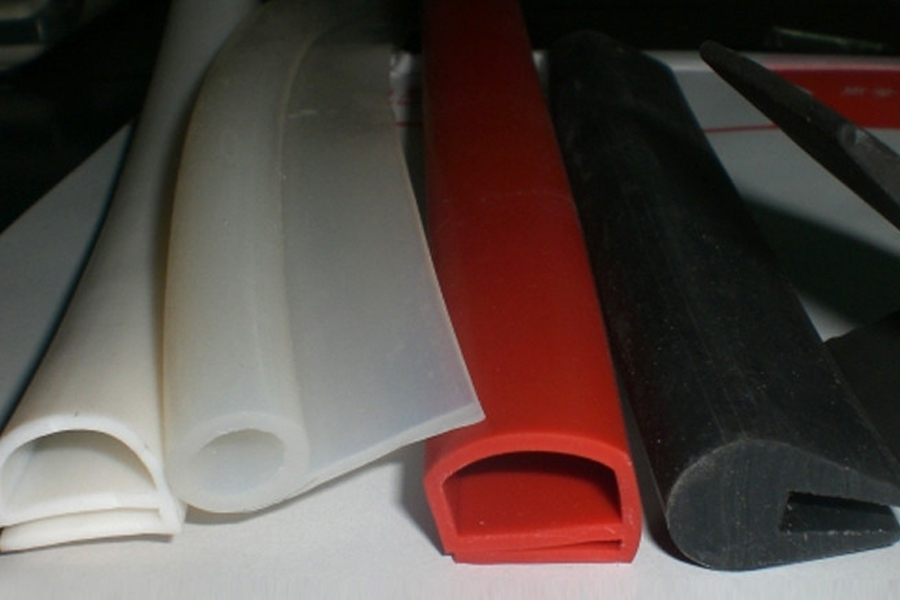How to properly select forward milling and reverse milling in the process of using NC machine tools?
How to define forward milling and reverse milling
As shown in the following figure, crim milling means that the cutting speed of the tool is the same as the cutting speed of the workpiece. Reverse milling is the opposite of the cutting speed of the tool and the direction of movement of the workpiece.
Features of crime milling and reverse milling
Effect on cutting force
In reverse milling, the vertical cutting force acting on the workpiece is always upward and tends to lift the workpiece, making it more prone to vibration. This situation is especially noticeable for thin-walled milling and low-rigidity workpieces as it affects the tightening of the workpiece. The vertical cutting component acting on the workpiece during downmilling always presses on the workpiece, which is advantageous for clamping the workpiece.
Effect on elastic deformation of tools
When cutting the work contour with an end mill. The reaction force of the workpiece against the tool points in the direction of the tool. Elastic deformation of the tool causes the yield phenomenon (undercut) of the tool.
When reversing the contour of the work using an end mill cutter. The reaction force of the workpiece to the cutter is directed toward the inside of the contour, and when the cutter elastically deforms, a phenomenon called "biting the cutter" (overcut) occurs. The smaller the diameter of the tool and the longer the tool rod extends, the more obvious the phenomenon of "knife-biting" and "knife-biting".
Therefore, when using forward milling for roughing, the finishing allowance can be reduced. When using reverse milling for roughing, it is necessary to leave more finishing allowance to prevent scraping of the workpiece by the "galling cutter".
Impact on tool wear
The down milling vertical milling component presses the workpiece against the table. The teeth of the knife and the machined surface are slippery and the friction phenomenon is small, which is beneficial in reducing tooth wear, reducing work hardening and reducing surface roughness.
In addition, the cutting thickness of the cutter teeth from maximum to zero. The impact force when cutting the cutter into the workpiece is large, and the cutter generates a large vibration, especially when the surface to be machined of the workpiece has a blank or hard surface.
However, when milling is performed, the distance that the teeth move on the work is shorter than that in reverse milling, and the average cutting thickness becomes large. Therefore, under the same cutting conditions, using up-cut milling makes the tool more prone to wear and consumes more cutting force.
How to choose between forward milling and reverse milling
1, principle of choice
When using down-cut milling, the machine must first be equipped with a clearance removal mechanism to ensure that the gap between the lead screw and the table nut is eliminated to prevent vibration during milling.
The workbench is ideally driven hydraulically. Secondly, the surface of the work piece blank is required to have no hard skin, and the process system must be sufficiently rigid. If the above conditions can be met, downcut milling should be used as much as possible, especially for difficult-to-cut materials. Using a downcut reduces cutting strain and reduces cutting force and cutting force.
Reverse milling is typically used when roughing parts. Down milling methods are usually used to prevent "galling cutters" during finishing.
Relationship with tool diameter compensation
When performing contour milling on CNC machines, tool diameter compensation is often used for programming and machining. Tool diameter compensation is further divided into tool diameter left compensation and tool diameter right compensation.
The method for determining the tool diameter left correction is as follows.
The tool is rotating forward (clockwise) and the tool is on the left side of the machined profile when looking forward to the tool. On the contrary, the tool is on the right side of the machining contour. This correction method is called tool radius correction.
Therefore, for both inner contour machining and outer contour machining, the machining method by tool diameter left correction programming milling is down milling. The machining method using the tool diameter correction correction milling cutter is the upcut milling cutter.
When using a disc milling cutter to machine a planar contour, the cutting process has both downcut milling and reverse milling when the cutting width of the tool is greater than 50% of the tool diameter.
3. Selection of forward milling and reverse milling for NC milling cutters
CNC machine tools generally have a backlash prevention function, the backlash of the transmission mechanism is small, and CNC machine tools do most of the component finishing. Therefore, CNC milling usually uses the downcut milling method. That is, the tool radius is corrected by the left correction for programming and machining.
